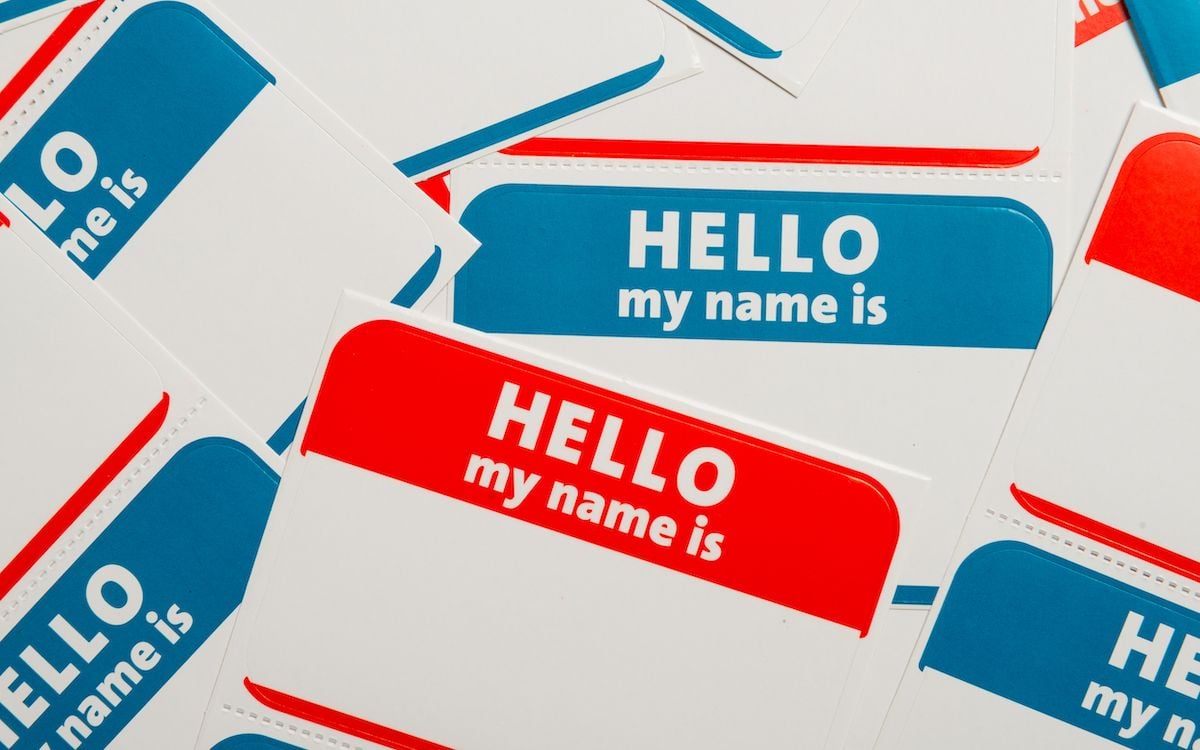
When we talk about naming things for the web, we're not just talking about labeling—we're talking about finding, navigating, attracting, and selling. An ideal product name is creative, descriptive, search engine friendly, relevant, and a long list of other attributes.
Coming up with something that accomplishes all of these goals is impossible. However, with a little work, you can develop unique names that help shoppers find your products more often and both intrigue and encourage them to learn more.
To ensure that your product titles have the most efficient impact in all of your marketing and selling efforts, check out the top strategies we’ve compiled below for effectively naming items listed in your online store.
1. Know your target audience
Always keep your intended user in mind. Is your product for adults, children, or even animals? When you consider who is using your product, it’s easy to add a modifier to a more generic product title. If you’re a localized company, adding a city modifier or city-specific language might help increase product visibility. If you sell products outside of the US, including metric dimensions might be more appropriate than using inches. Knowing who you’re targeting and where they’re located can help you choose the right term for your product title.
2. Consider placement and space
Typically, your category pages listing a bunch of similar products will use more generic terms. However, the specific product page needs to use terms that set it apart from other products found within that category. Try to include what makes the product unique, but also keep it simple, clear, and extendable. Remember that Google accepts 255 characters of text in their Title Tag field, but will only display the first 70 characters in search results.
3. Use brand names when possible
If you sell a lot of brand name products, make sure you include those in the names and page titles. People searching for that brand will be much more likely to find your product or click on your link if it includes the brand in the title. Even if it's a new or lesser known brand, it's a good idea to include it. If you're one of the few stores selling a specific brand, you'll be one of the only ones to show up when people are searching for them.
4. Include SEO keywords
As with almost any content created for the web, you must consider how it will affect your SEO. Since product names often double as title tags, link text, and various content throughout your site, they are some of the best places to include SEO keywords. Consider the words or phrases your customers would most likely use to find that product, and try to include them in the name. Depending on your SEO strategy, you may also include some of the primary keywords or phrases for your store, but always start with the product itself.
5. Avoid jargon and internal terminology
There's a fine line between brand terminology and jargon. When you talk about products and services internally, you often create names or terms that help you better understand them. But those terms are typically meaningless to outsiders, like customers. If you have proprietary names for your products or services, consider how meaningful they are to your potential customers. You may still include them for branding reasons, but make sure you include generic names or terms that also apply.
6. Include unique characteristics
Depending on your products, specific details like color, size, or material can be very important to a customer's purchasing decision. With a virtually endless selection of products online, these details also help provide specific differentiators for your products. Differentiating characteristics can be even more important for products like electronics, software, or car parts, where customers will be shopping based on compatibility and usage.
7. Front-load important terms
Placing the most important terms at the beginning of product titles can be very beneficial, especially with Shopping Feeds, where the number of characters that will display on a result page is limited. If you go over this limit, your product title can get cut off. It's also important to note that there are no set standards for how much text will be displayed on different platforms, websites, or devices, so including the most important information first ensures that no matter the placement, shoppers are seeing what they need to.
8. Test your chosen titles
Finally, test the titles you have chosen to see how effective or ineffective they are. Keep an eye on Google Analytics and Webmaster Tools to make sure that the words and phrases you selected for product titles are bringing in traffic, and that the traffic that is coming in is relevant. If something appears to not be working, don’t be afraid to change it up—sometimes you need to tweak words a few times before you uncover the most optimal phrasing.
In Conclusion
You don't have to use all of these strategies when you're naming each of your products, but it's important to think about each one and determine what will work best for your products and your customers. You can be funny, creative, or serious. You can be super detailed, or you can be simple and to the point. But the most important thing you can do is strive to create names that help your customers find your products, understand what they are, and get excited about buying them.











